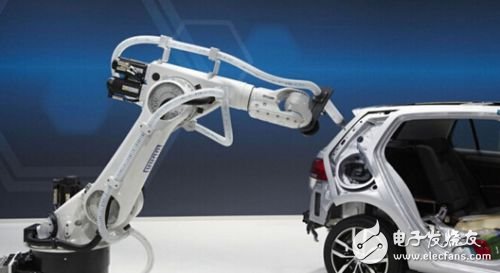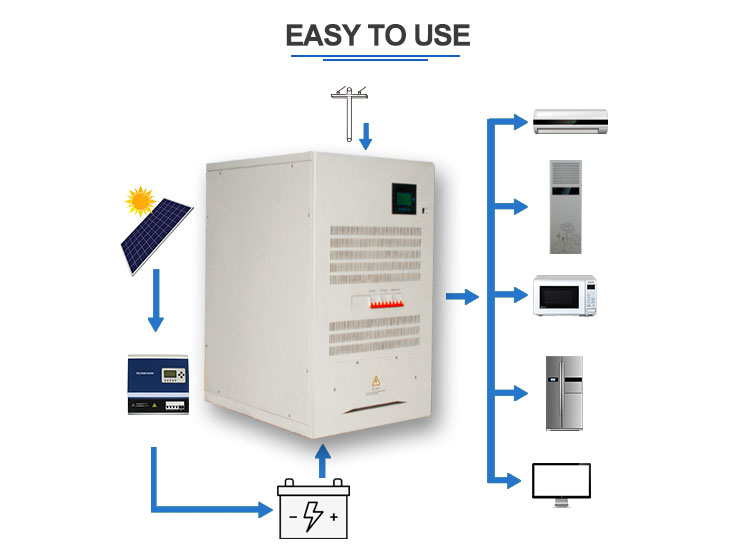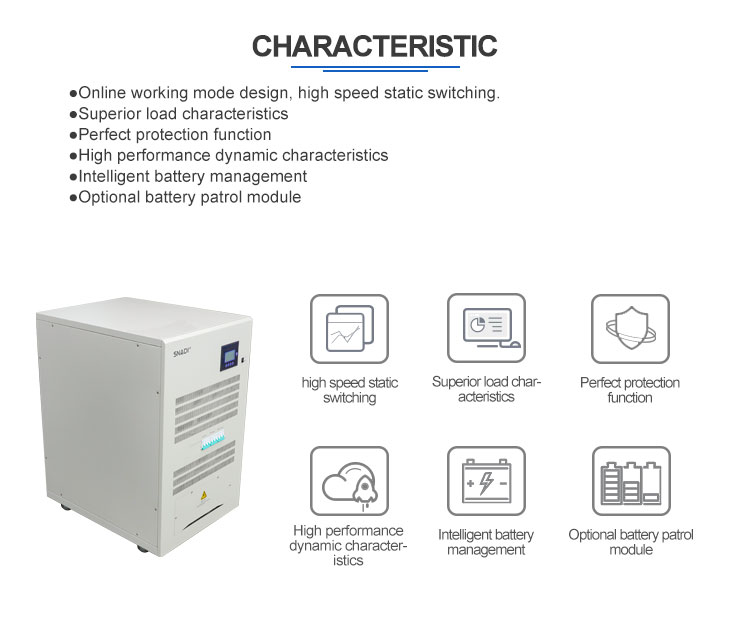Faced with the huge demand for robots in China, foreign-funded enterprises are ahead of the local enterprises in the market. In the face of this unsatisfactory development status, when will China's robotics enterprises break the monopoly of foreign capital and make breakthroughs in short-term development? Under the combined effects of rising labor costs, strong manufacturing upgrade requirements and falling robot prices, the demand for robots in China's market is rising rapidly. However, in the face of the huge demand for robots in China, foreign-funded enterprises are ahead of the local enterprises in the market. So, what is the development of China's robot industry? The development status of China's robot industry From the perspective of industry development, China's robot core components have not yet achieved independent production, and most of them are used in low-end fields such as handling and loading and unloading, while high-end fields such as automobile and electronics manufacturing are monopolized by foreign-funded enterprises. From the perspective of regional development, the layout of the robot industry park lacks differentiation. At present, most of the enterprises in China's robot industry parks are small in number and small in scale. Most enterprises are initial investment, industrial development is similar, product homogeneity is serious, and they are at a disadvantage in globally differentiated competition, and it is easy to miss the opportunity of development. . From the perspective of the development environment, the research system, financing environment, and talent protection need to be improved. China's robot R&D investment has increased year by year, but China's effective patents are difficult to translate into invention patents. As an important indicator of research scholars' evaluation and evaluation, scientific research achievements are not based on industrialization. From the perspective of capital channels, in addition to government financial support, many robot companies' listing financing is dominated by concept speculation, and financing funds are not used for actual R&D and production. From the point of view of the talent system, there is a shortage of industrial robot application talents in China, and the enterprise and university related technology application talent training system has not been effectively established. The lack of cross-border composite talents has become a bottleneck restricting the differential development of China's robot industry. The main factors that restrict the robot from breaking the bottleneck First of all, mastering the core technology of robots requires long-term accumulation and precipitation, but at present domestic research and development is still in a state of fragmentation, separation and discontinuity, and is basically limited to the laboratory. Secondly, state-owned enterprises and central enterprises with influential and research and development capabilities are not actively involved. They still tend to joint ventures or purchase imported products, and their enthusiasm for independent research and development is not high, which leads to a serious lack of local products in the robot market. Again, tariff policy restrictions. The import of robots is zero tariff, while the import of parts and components has to pay customs duties, which is unfavorable for the survival and development of domestic enterprises, especially the whole machine enterprises, which is not conducive to the import substitution of robots. Finally, the domestic development of the robot industry focuses on the introduction of foreign capital, but the facts show that the "market-for-technology" has not worked. On the contrary, foreign capital has completed the lock on the general robot technology route, and Chinese enterprises are forced to be in the passive tracking and imitation stage. China's robot industry has a long way to go In the face of this unsatisfactory development status, how can Chinese robotics companies make breakthroughs in short-term development? Faced with the grim situation that China's robot industry is monopolized by foreign companies, the countermeasures proposed by relevant people in the industry are that Chinese enterprises should quickly occupy low-end market segments. At present, the attention of foreign robot companies is concentrated in the traditional high-end market (automobile manufacturing, electronic product processing, etc.), and there is no opportunity to take into account the low-end and emerging markets. This is an opportunity for local companies to compete in dislocation. Once the growth of the traditional high-end market slows down, multinational companies are turning to new growth points, and even this opportunity may be lost. Therefore, Chinese enterprises must seize the time to occupy the low-end market. In addition, in the face of the situation that China's robot market is monopolized by foreign companies, many people in the industry blame it on the lack of core components. But is this really the case? A complete robot is a high-tech formed by a combination of computer, cybernetics, organization, information and sensing technology, artificial intelligence, bionics, etc., including force sensing, controllers, servo motors, reducers, Machine vision, core algorithms, process technology and many other factors, the gap between the domestic and foreign robot brands is completely attributed to the core components, it seems unreasonable. The problems of the late start of domestic enterprise development, incomplete recognition of robots, and certain limitations in application are all problems in the current domestic robot market. The problem of core materials alone is not comprehensive. These problems must be Interlocked. However, with the deepening of China Manufacturing 2025, the realization of intelligent manufacturing through the creation of digital factories has become the goal and direction of many enterprises' transformation and upgrading, which provides a broader application market for domestic robots and will stimulate more domestic manufacturers. Or improve the level of technology research and development, or participate in the mergers and acquisitions of foreign robot manufacturers, and ultimately help domestic robots rank among the world's top ranks. We have reason to believe that the phenomenon of foreign companies monopolizing the robot market will not last long. As domestic robot manufacturers continue to learn and improve, domestic robots will gradually break the monopoly of international technology. 10KW-200KW Three-Phase Inverter
10KW-200KW Three-Phase Inverter
CHARACTERISTIC
Nkm Hybrid Inverter With Mppt Charge,Inverter Power Inverter,Hybrid Inverter Charger,Hybrid Grid Tie Inverter suzhou whaylan new energy technology co., ltd , https://www.nbwhaylan.com
â—Online working mode design, high speed static switching..Superior load characteristics
â—Perfect protection function
â—High performance dynamic characteristicselntelligent battery management
â—Optional battery patrol module

